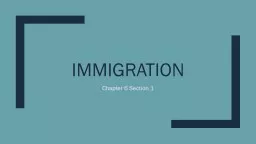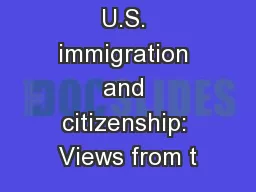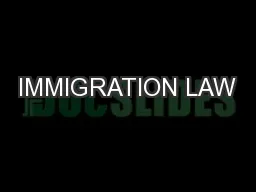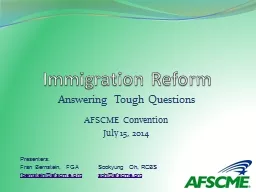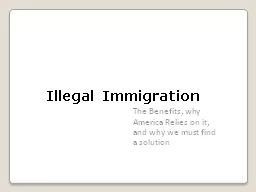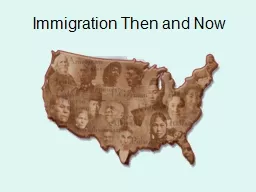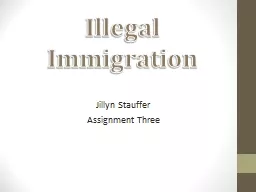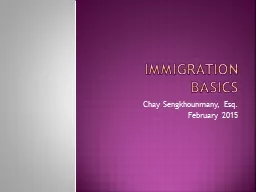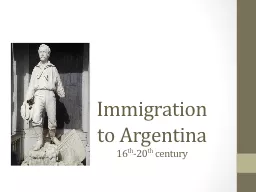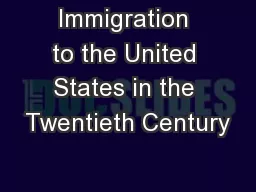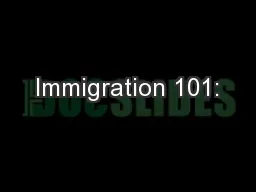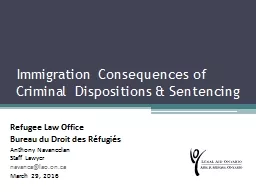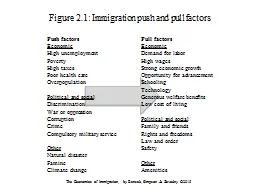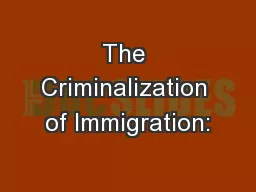PPT-immigration Chapter 6 Section 1
Author : stefany-barnette | Published Date : 2018-03-17
EUROPEANS FLOOD INTO AMERICA Between 1865 and 1914 nearly 25 million Europeans immigrated to the United States By late 1890s more than half of all immigrants were
Presentation Embed Code
Download Presentation
Download Presentation The PPT/PDF document "immigration Chapter 6 Section 1" is the property of its rightful owner. Permission is granted to download and print the materials on this website for personal, non-commercial use only, and to display it on your personal computer provided you do not modify the materials and that you retain all copyright notices contained in the materials. By downloading content from our website, you accept the terms of this agreement.
immigration Chapter 6 Section 1: Transcript
Download Rules Of Document
"immigration Chapter 6 Section 1"The content belongs to its owner. You may download and print it for personal use, without modification, and keep all copyright notices. By downloading, you agree to these terms.
Related Documents

